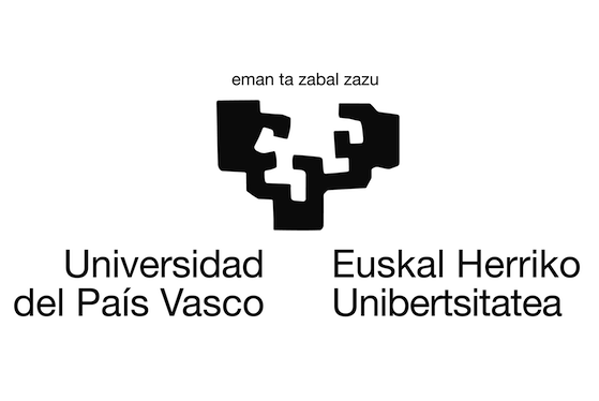
Pedro María
Aparicio Tejo
Pedro María Aparicio Tejo-rekin lankidetzan egindako argitalpenak (28)
2023
-
Evaluation of a crop rotation with biological inhibition potential to avoid N2O emissions in comparison with synthetic nitrification inhibition
Journal of Environmental Sciences (China), Vol. 127, pp. 222-233
-
Soil moisture modulates biological nitrification inhibitors release in sorghum plants
Plant and Soil, Vol. 487, Núm. 1-2, pp. 197-212
2022
-
Evidences towards deciphering the mode of action of dimethylpyrazole-based nitrification inhibitors in soil and pure cultures of Nitrosomonas europaea
Chemical and Biological Technologies in Agriculture, Vol. 9, Núm. 1
2021
-
Article short-term exposure to high atmospheric vapor pressure deficit (Vpd) severely impacts durum wheat carbon and nitrogen metabolism in the absence of edaphic water stress
Plants, Vol. 10, Núm. 1, pp. 1-16
-
Assessing the efficiency of dimethylpyrazole-based nitrification inhibitors under elevated CO2 conditions
Geoderma, Vol. 400
-
Biological and synthetic approaches to inhibiting nitrification in non-tilled Mediterranean soils
Chemical and Biological Technologies in Agriculture, Vol. 8, Núm. 1
2020
-
A Multi-Species Analysis Defines Anaplerotic Enzymes and Amides as Metabolic Markers for Ammonium Nutrition
Frontiers in Plant Science, Vol. 11
-
Nitrous Oxide (N2O) emissions from forests, grasslands and agricultural soils in Northern Spain
Just Enough Nitrogen: Perspectives on how to get there for regions with too much and too little nitrogen (Springer International Publishing), pp. 341-349
2019
-
Multi-omic and physiologic approach to understand Lotus japonicus response upon exposure to 3,4 dimethylpyrazole phosphate nitrification inhibitor
Science of the Total Environment, Vol. 660, pp. 1201-1209
2018
-
3,4-Dimethylpyrazole phosphate and 2-(N-3,4-dimethyl-1H-pyrazol-1-yl) succinic acid isomeric mixture nitrification inhibitors: Quantification in plant tissues and toxicity assays
Science of the Total Environment, Vol. 624, pp. 1180-1186
2017
-
Leaves play a central role in the adaptation of nitrogen and sulfur metabolism to ammonium nutrition in oilseed rape (Brassica napus)
BMC Plant Biology, Vol. 17, Núm. 1
2016
-
Quantitative proteomics reveals the importance of nitrogen source to control glucosinolate metabolism in Arabidopsis thaliana and Brassica oleracea
Journal of Experimental Botany, Vol. 67, Núm. 11, pp. 3313-3323
2013
-
High irradiance improves ammonium tolerance in wheat plants by increasing N assimilation
Journal of Plant Physiology, Vol. 170, Núm. 8, pp. 758-771
-
Inhibition of endogenous urease activity by NBPT application reveals differential N metabolism responses to ammonium or nitrate nutrition in pea plants: A physiological study
Plant and Soil, Vol. 373, Núm. 1-2, pp. 813-827
2011
-
Depletion of the heaviest stable N isotope is associated with NH4+/NH3 toxicity in NH4+-fed plants
BMC Plant Biology, Vol. 11
-
Expression and localization of a Rhizobium-derived cambialistic superoxide dismutase in pea (Pisum sativum) nodules subjected to oxidative stress
Molecular Plant-Microbe Interactions, Vol. 24, Núm. 10, pp. 1247-1257
2007
-
Wheat grain yield and quality: influence of splitting rate of nitrogen fertiliser
Towards a better efficiency in N use (Lleida, Departament de Medi Ambient i Ciències del Sòl, Universitat de Lleida, 2007), pp. 483-485
2002
-
Avances en el metabolismo del nitrógeno: de la biología molecular a la agronomía
Servicio de Publicaciones
2000
-
Physiological consequences of continuous, sublethal imazethapyr supply to pea plants
Journal of Plant Physiology, Vol. 157, Núm. 3, pp. 345-354
1998
-
Imazethapyr inhibition of acetolactate synthase in Rhizobium and its symbiosis with pea
Pesticide Science, Vol. 52, Núm. 4, pp. 372-380


